Surely, if you have a cottage or a household plot, you can't do without planting potatoes. He has long become the second bread for us and we cannot exclude it from our daily diet. Of course, potatoes can be bought in the store, but can it be compared with real, homemade, grown with his own hands, in compliance with all the rules of landing, care and collection? Of course not.
Soil preparation for landing
Before you begin to plant your beloved vegetable, you need to take care of the soil. The crop will depend on its correct processing.
And that was a rich harvest, the soil should be fertilized. For planting potatoes, soil is suitable, which will well hold moisture, as well as skip air. In order for the tubers well to develop, it is necessary to overheat the garden so that the layer is deep and promoted the better development of the root system.
The highest yields are removed from such types of soils:
- Floodplain.
- Sod-podzolic.
- Loam.
- Loam having a neutral reaction.
Extras of the tuber vegetable is preferably at the unemployed southern and southwestern sites, which after the winter earlier will be released from snow.
If you add a layer of humus to the ground, the crop will be even better. Also, if every year replenish the soil by microelements, for example, wood ash (it is added under the steamer, in the holes and are used as feeding), you will be glad to crop potatoes.
It is desirable to engage in the preparation of the soil to land. The plot that is given to the appearance is cleaned from weeds and insects, the soil is dripping and added fertilizers. One square meter add:
- compost bucket;
- 30 grams of superphosphate;
- 15 grams of potash salt.
With the arrival of spring, the soil fertilize with any nitric fertilizers.
Landing
To landing potatoes, it is necessary to prepare well. Basic requirements for those:
- Vegetable plant at earth temperature no less than five degrees.
- Healthy tubers that do not have rotten and damaged sites are selected for landing.
- If you wish to get a crop before, then you need to germinate in advance.
- Before starting landing, the place of the hole is noted thread.
- The distance between the rows should be no more than 60 centimeters.
- The distance between the holes of one row of about 30 centimeters.
- The depth of planting is no more than 10 centimeters.
In order to assemble the harvest as early as possible, to germinate tubers need to start at the end of winter - get the harvest of young potatoes. If you put the tubers on the extension in the first days of March, then the crop can be collected in the last month of summer. Tell tubers in the bright room, at a temperature not lower than 18 degrees. Permissible temperature - 14 degrees. The tubers can also be germinated in sawdust, the intensity of their growth will depend on the grade of potatoes. So, if you have tubers of the middle-variety variety, as well as late, then they are necessary two weeks before landing, putting in plastic bags. Bags need to be left out on the street when the temperature is not higher than 10-15 degrees. It is advisable for the night to cover with old blankets or put into the room. The crop of these potato varieties allows you to make stocks for the winter.
To plant seed potatoes, you need to prepare furrows in advance, since the autumn. And in the spring, put the tubers in the already prepared pits, slightly indulging them into the ground. If after winter the earth has not yet risen, then tubers are covered with a layer of humus (no more than 3 centimeters). Early potatoes are covered with film, and take it when the plant reaches 10-12 centimeters in height.
Tips for planting potatoes on the backyard Look at the video:
Growing potatoes
In the spring, if the potatoes are planted early, it is necessary to care for it. If it does not cover the film, then after he goes, to rinse him with rakes to remove the crust and the first shoots of weeds. Next you need to regularly disappear the soil.
Potato Growing Tips:
- dip potatoes only on those soils that moisturize naturally. The first time the potatoes are plunged and watered when the plant will grow to 12 centimeters. The following is a dip - three weeks;
- if the soil is arid, it is not required to dip it;
- irrow potatoes must be necessary. Watering it takes every week abundantly, soil wet to the depth of half a meter. One square meter of land accounts for about 50 liters of water;
- it is advisable not to leave potatoes under the rain watering, the likelihood of various diseases increases. If there are few water, the irrigation is performed in several stages: after seeding, when buds are formed and after the potatoes are filled;
- potato treatment is produced by humus or bird litter. The square meter of the Earth accounts for 500 grams humus or half less litter. They are soaked in urea (10 grams) and superphosphate (20 grams);
- if the plant produces many tops, then it should be fed to fertilizer with phosphorus and potassium;
- if the soil is nitrogen or a lot of this fertilizer is made, the potatoes will grow, but it will be rotted during storage, and if you boil it to dark in hot water;
- in order to overcome the Colorado beetle in a natural way, without spraying, it is advisable to get drunk. The kids almost completely eaten the larvae of the beetles.
These videos will help you learn more about growing potatoes:
Caring for potatoes
In addition to the watering and fertilizer of the tuber, it is necessary to protect the plant from diseases. The appearance of brown or gray spots on the tubers, and on the leaves of black, testifies to the presence of phytoofluorosis. Treat the disease spraying with drugs.
If the soil is lime, then potatoes may become a pair, and if nitrogen - the rot will appear during the harvest. If brownish spots appeared on the leaves, the plant is treated with a special solution.
To avoid eating a rising tuber with a wire, the land is treated with a lime solution or a special means of pests. In addition, in the fall, before the first frosts, the soil is drunk.
To save the collected crop, you must safely remove potatoes and correctly store tubers in a dry room.
Photos of potatoes during flowering and harvesting period:

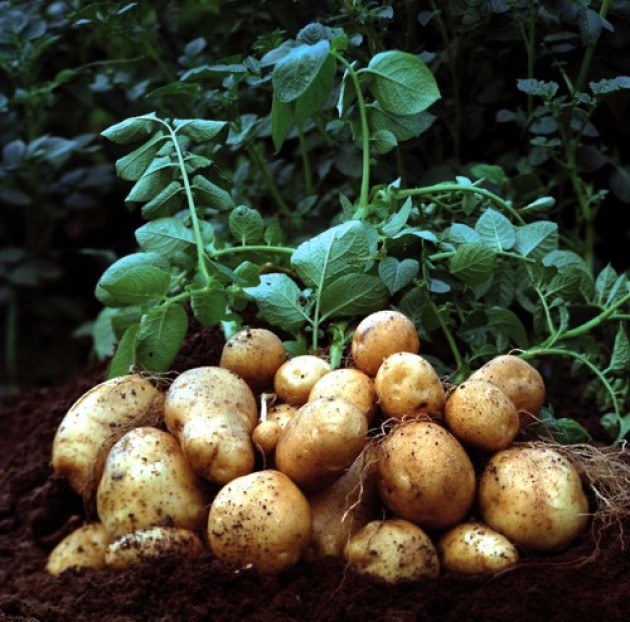

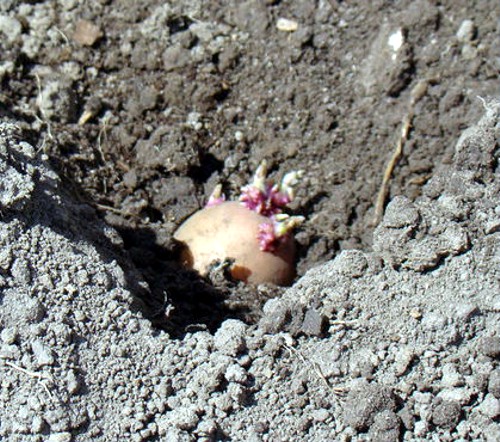
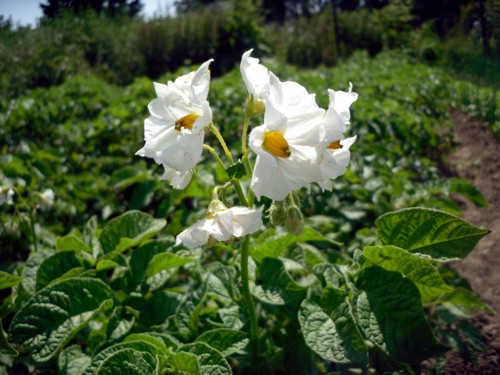

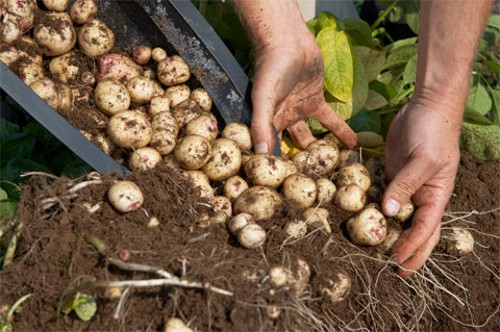




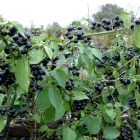

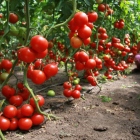
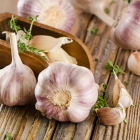

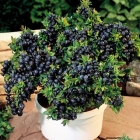
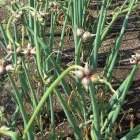
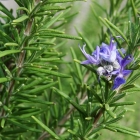
 Start a discussion ...
Start a discussion ...